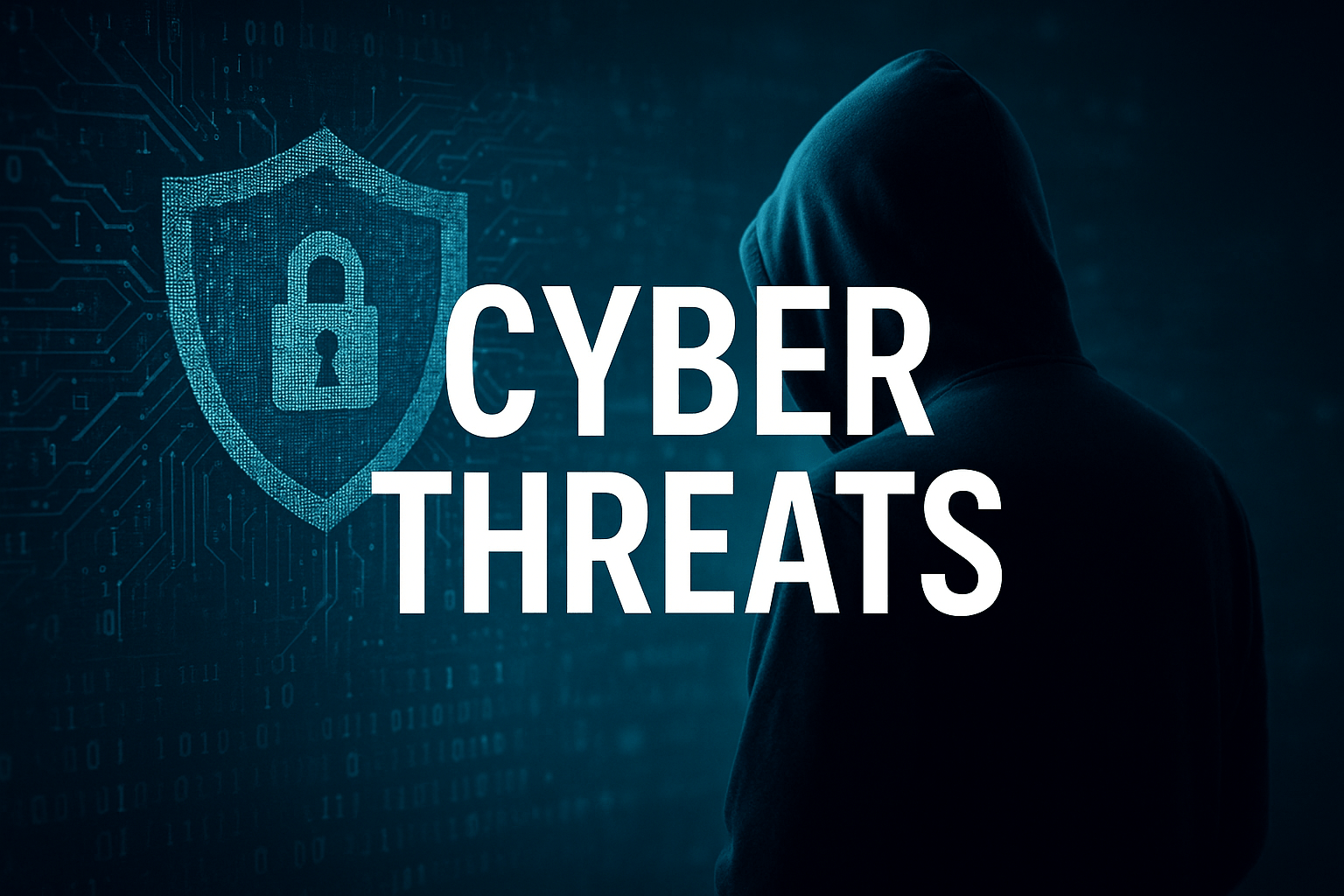The rise of digital assets has created a trillion-dollar market, but it has also unleashed a new wave of cyber threats in cryptocurrency security. Hackers, scammers, and cybercriminal organizations are evolving faster than ever, targeting both retail investors and billion-dollar crypto platforms with unprecedented precision. In 2025, the battle for blockchain safety has become a global priority.
The Growing Battlefield of Cryptocurrency Security
The digital asset industry is no stranger to risk. However, the sophistication of cryptocurrency security risks in recent months has shocked even veteran blockchain developers. These threats are no longer just small phishing scams or minor wallet breaches. They include large-scale blockchain cyber attacks, complex smart contract vulnerabilities, and devastating DeFi hacks 2025 that can drain millions in minutes.
In July, a leading decentralized finance platform suffered a $210 million exploit after attackers manipulated its liquidity pools. This wasn’t a one-off incident it was part of a growing pattern where hackers leverage AI in cybercrime to identify weaknesses in blockchain code before platforms can patch them.
Financial experts warn that the market impact of these attacks can be severe. Bitcoin’s price plunged nearly 8% within 24 hours after news of the DeFi breach spread, while Ethereum saw a sharp sell-off due to fears over untested smart contracts.
Tactics Cybercriminals Are Using in 2025
Today’s cyber threats in cryptocurrency security are fueled by advanced technology, social engineering, and criminal networks that operate across borders. Analysts have identified several high-risk tactics dominating the landscape:
- AI-Enhanced Crypto Phishing Scams – Fraudsters now deploy artificial intelligence to craft realistic emails, websites, and messages that trick even experienced traders.
- Cross-Chain Bridge Exploits – As blockchains become more interconnected, attackers are targeting the bridges that transfer assets between networks.
- Malware in Wallet Software Updates – Some hackers inject malicious code into legitimate wallet updates, stealing funds directly from unsuspecting users.
- Deepfake Leadership Scams – Criminals create convincing deepfake videos of crypto project founders to solicit fake investments.
Each of these methods shows how blockchain cyber attacks have evolved beyond brute force into highly targeted digital warfare.
Why These Threats Are Hard to Stop
One of the most alarming realities is that many cryptocurrency security risks stem from the very features that make blockchain attractive: decentralization, anonymity, and global reach. Once funds are stolen on-chain, there is no central authority to reverse the transaction.
Dr. Lina Chen, a blockchain security analyst at CyberGuard Labs, put it bluntly:
“In this environment, prevention is the only defense. Recovery after a breach is rare, expensive, and often impossible.”
This is why many industry leaders are shifting focus from damage control to proactive defense especially in securing smart contracts, testing code rigorously before deployment, and educating users about scams.
Steps to Protect Crypto Assets
While institutional players pour millions into cyber defense systems, individual investors can still take critical steps to reduce their risk:
- Use Hardware Wallets – Cold storage keeps private keys offline, making them harder for hackers to access.
- Enable Multi-Factor Authentication – Adds an extra layer of protection to exchange accounts.
- Avoid Unverified Links – Many crypto phishing scams start with a single careless click.
- Check for Smart Contract Audits – Interact only with DeFi protocols that publish third-party audit results.
- Stay Informed – Monitor reliable news sources for alerts about DeFi hacks 2025 and new vulnerabilities.
Government and Industry Push Back
Authorities worldwide are stepping in. The U.S. Securities and Exchange Commission (SEC) has tightened cybersecurity requirements for registered exchanges, while the European Union’s upcoming Markets in Crypto-Assets (MiCA) law will enforce breach reporting and stronger security protocols by 2026.
Private companies are also responding aggressively. Binance, Coinbase, and Kraken are building real-time blockchain monitoring systems to detect unusual transactions. Some firms are even sharing live threat intelligence to stop cyber threats in cryptocurrency security before they spread.
The Road Ahead for Crypto Security
The next phase of cyber threats in cryptocurrency security will likely involve even more advanced AI tools, automated smart contract attacks, and possibly the use of quantum computing to crack encryption. But it’s not all bad news defensive technology is evolving too. Blockchain forensics, machine learning fraud detection, and decentralized identity systems are giving defenders new weapons in the fight.
Still, one truth remains: cybersecurity is no longer optional for the crypto world it’s the foundation of trust. Without it, adoption stalls, innovation slows, and investor confidence erodes.
As 2025 progresses, the question is not whether hackers will target the digital asset space, but how quickly the industry can adapt to stay one step ahead.







